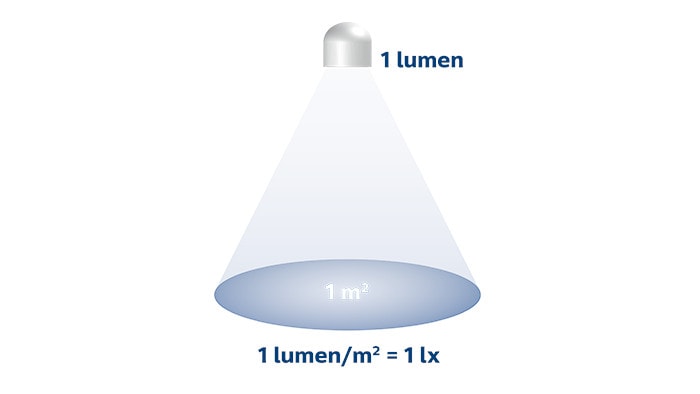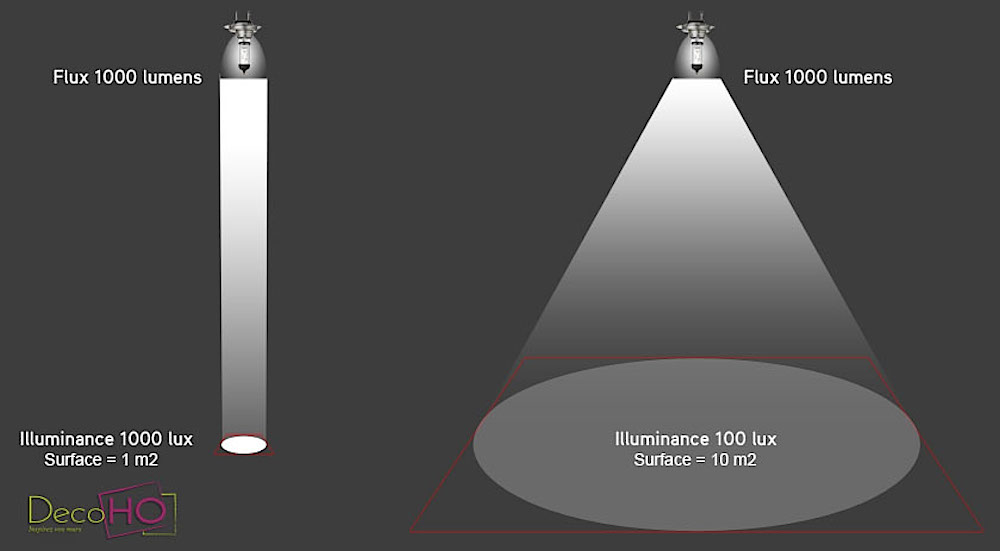

The same 1,000 Lumens, spread out over ten square metres, produces an illuminance level of only 100 Lux. So 1,000 lumens, concentrated into an area of one square metre, lights up that square metre with an illuminance level of 1000 lux. To put it another way:Ī specification in lux tells you how many Lumens (total light output) you need given the measured area you are trying to illuminate. One lux (1 lux) is defined as being equivalent to one lumen spread over an area of one square metre. * Please note that these are sample figures for example purposes only & the actual output can vary. Office ceiling lighting panel installations General domestic & task lighting applications High bay factory lighting or warehouse lighting lighting installationsĮnergy efficient replacement for 400W metal halide and sodium high bays Some examples of total lumens output (as measured in lumens) from common commercial & industrial light sources are given below: This total measured light may also be referred to by commercial or industrial lighting engineers as "luminous flux". The lumen is a standardised unit of measurement of the total "amount" of light packets (or quanta if you want to get technical!) that is produced by the light source - such as a lamp, tube or LED chip. its lumens output) and the desired surface area to be lit. The lighting output of a light fitting is typically reported as a lumens output - the intensity of light on a surface (the lux) is dependent on the intensity of the light source (i.e.
Difference lux lumen professional#
professional indoor sport, detailed drawing or mechanical work, prolonged small size & low contrast visual work etc., this can require illumination levels from 1,500 all the way up to 20,000 lux in extreme cases. School Classroom, University Lecture Hallįor commercial & industrial environments where specialised tasks are performed e.g. Practical Application: When shopping for lights, consider the impact of light, particularly lux, on your sleep/wake cycle.Office, Show Rooms, Laboratories, Kitchens Lumen is the total amount of light put out by a light source like a light bulb.


If your goal is to promote sleepiness, then you’ve got to be exposed to less illumination, decreased brightness or scientifically about a maximum of 180 lux for pre-bedtime, wind down activities and DARKNESS to sleep. This is a BIG difference in lux between indoor light and outdoor light. Compare this to well-lit home with an overhead light and desk light and even light from outside coming through the window, this can be 300-500 lux. Is the light source bright enough and is it close enough to my eyes? On a sunny day, lux can reach as high as 150,000. Lux is the intensity of the illumination… brightness. As a sleep psychologist, I want you to know a bit about the science of light to promote better sleep and higher performance. Physicians want you to know the difference between good and bad cholesterol.


 0 kommentar(er)
0 kommentar(er)
